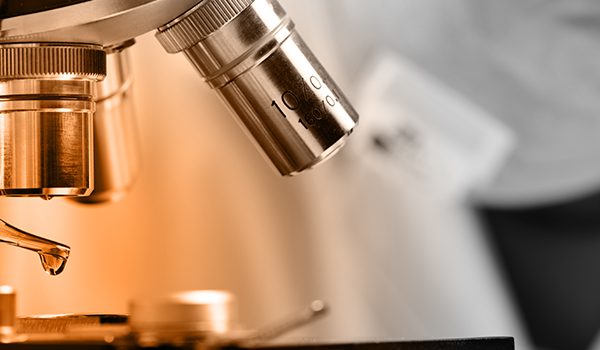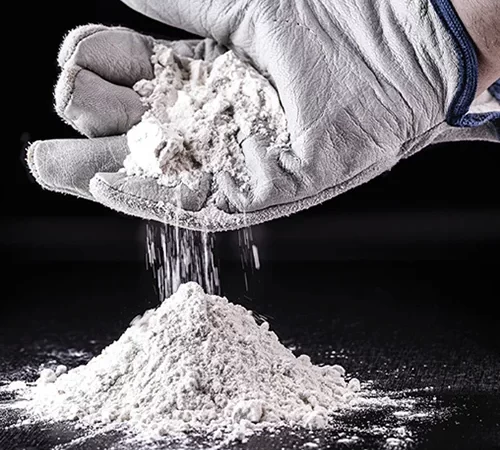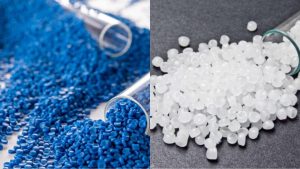
Comparison of HDPE and LDPE in Iran
Introduction:
Polyethylene (PE) is one of the most widely used and popular polymers, discovered in the early 20th century, quickly gaining ground in various industries. Due to its unique properties, it continues to hold a special place in numerous manufacturing and consumer industries. As polyethylene is easily processed, has low production costs, and is compatible with other materials such as metals and glass, it is used in many everyday products, medical equipment, and industrial applications.
Polyethylene is produced in several forms, each with its own distinct properties and applications. Among the most common types are High-Density Polyethylene (HDPE) and Low-Density Polyethylene (LDPE). In this article, we will explore and compare these two types of polyethylene to help you select the most suitable form for your projects.
Comparison of HDPE and LDPE in Iran
High-Density Polyethylene (HDPE)
High-Density Polyethylene (HDPE) is a polymer with a linear structure. Due to its higher density and more organized molecular arrangement compared to other forms of polyethylene, it has notable mechanical and chemical properties. HDPE offers high tensile and impact strength and is resistant to chemicals and environmental factors. Therefore, HDPE is well-suited for use in industrial products and environments that require strength and durability.
Key Features of High-Density Polyethylene (HDPE):
- Melting Point: 135°C
- Tensile Strength: 4000 psi
- Elongation at Break: 600 psi
- Flexural Modulus: 200,000 psi
- Water Absorption: 0.10% after 24 hours of immersion
HDPE, due to its linear structure, offers high strength, making it an ideal choice for use in chemical, construction, and oil and gas industries. It is used to produce a variety of products such as industrial pipes and fittings, chemical tanks, plastic bottles, cutting boards, and even toys. Additionally, its high resistance to chemicals and UV rays makes it well-suited for applications that require long-term durability.
Another significant advantage of HDPE is its recyclability. Not only can this material be easily recycled, but the recycled material can also be used in a wide range of applications. Thus, using recycled HDPE helps reduce environmental waste and mitigates negative ecological impacts.
Comparison of HDPE and LDPE in Iran
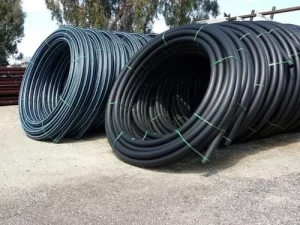
Low-Density Polyethylene (LDPE)
Low-Density Polyethylene (LDPE) is another type of polyethylene with a branched and less organized molecular structure compared to HDPE. In LDPE, molecules are arranged in a disordered manner, which results in a lower density and increased flexibility. While LDPE has lower strength than HDPE, its properties such as flexibility, impact resistance, and easier processing make it ideal for many specific industrial applications.
Key Features of Low-Density Polyethylene (LDPE):
- Melting Point: 115°C
- Tensile Strength: 1400 psi
- Elongation at Break: 500 psi
- Flexural Modulus: 30,000 psi
- Water Absorption: 0.10% after 24 hours of immersion
LDPE offers features such as transparency, waterproofing, and electrical insulation, making it suitable for use in packaging industries, household items, plastic bags, and medical devices. Another significant feature of LDPE is its easy processing and high flexibility, making it ideal for producing products that require high flexibility, such as plastic films and soft packaging.
However, LDPE does have some limitations compared to HDPE. This material is sensitive to high pressure and high-temperature conditions and is very permeable to gases such as carbon dioxide. Additionally, at higher temperatures, it is flammable, limiting its use in high-temperature industries.
Comparison of HDPE and LDPE in Iran
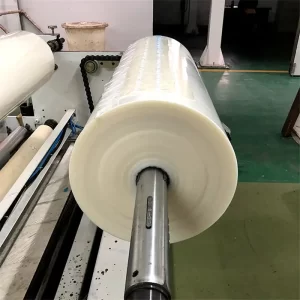
Key Differences Between HDPE and LDPE
Both HDPE and LDPE are widely used in production and manufacturing across various industries, but they differ significantly in their characteristics and applications. The most important difference between the two types of polyethylene lies in their molecular structures. HDPE has a linear and more organized structure, making it suitable for producing strong products resistant to harsh conditions, while LDPE has a branched and flexible structure, making it ideal for producing packaging materials and flexible items.
Main Comparison:
| Feature | High-Density Polyethylene (HDPE) | Low-Density Polyethylene (LDPE) |
|---|---|---|
| Structure | Linear and organized | Branched and less ordered |
| Tensile Strength | Very high | Lower |
| Flexibility | Low | High |
| Main Application | Pipes, tanks, bottles | Packaging, bags |
| Melting Point | 135°C | 115°C |
Conclusion
Ultimately, the choice between High-Density Polyethylene (HDPE) and Low-Density Polyethylene (LDPE) depends on the specific needs of your project, environmental conditions, and the intended use of the material. Both types of polyethylene offer unique advantages, making them suitable for various industrial applications.
If your project requires products with high strength, resistance to chemicals, and durability against environmental factors, High-Density Polyethylene (HDPE) would be the ideal choice. This type of polyethylene is especially useful in heavy industrial applications such as pipes, tanks, cutting boards, and chemical containers, and is highly resistant to environmental stresses.
On the other hand, if you require a material with high flexibility and ease of processing for applications such as plastic packaging, bags, thin films, and medical devices, Low-Density Polyethylene (LDPE) would be the best option. Its transparency and unique properties, such as waterproofing and electrical insulation, make it a popular choice for packaging and household goods.
In any case, the right choice depends on factors such as cost, technical features, chemical resistance, environmental conditions, and processing methods. For the best decision, working with a reputable manufacturer and consulting with experts in the industry can assist you in making the most suitable choice.
Sabico, as a leader in the polyethylene industry, can help you better understand the differences between these two types of polyethylene and choose the most suitable option for your projects. With modern technologies and expert experience, Sabico’s team will be with you at every stage of the production process, ensuring the best quality for your projects.
